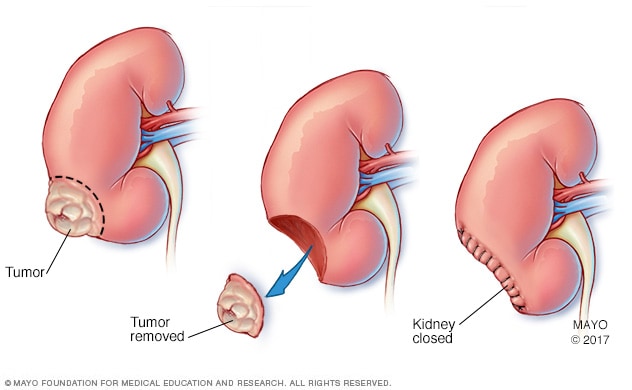Basic Types of Kidney Removal
By MC Raflesia
Kidney removal termed as nephrectomy too. It is a surgical
practice to get rid of a kidney. It is a surgery to eliminate a diseased or
injured kidney, or a normal kidney for donation to some else.
Kidney removal can be done as open surgery, which involves a
large slash in the area of the abdomen. a number of patients might have
laparoscopic surgery, which is less all-encompassing and involves three or four
little slashes, typically no more than an inch each, in the abdominal and flank
sections.
Result is generally good in the case of the removal of a
single kidney. If both kidneys removed or if the outstanding kidney does not
run well, hemodialysis or kidney transplantation will be needed to keep life.
Kidney removal may be suggested for birth defects
(congenital abnormalities), injury (trauma), infection, hypertension, tumor,
and chronic bleeding. A kidney could be removed if a person: has cancer or
supposed cancer of the kidney; has ruthless kidney trauma, or damage from an
injury; has a kidney that has poor function because of infection; or he/she is
donating his or her kidney to another person who wishes a kidney transplant.
There are three fundamental kinds of kidney removal,
including:
- Simple nephrectomy, involves removal of kidney simply.
- Radical nephrectomy, involves removal of the kidney, the
adrenal gland above the kidney, the nearby fatty tissue, and the lymph nodes
next to the kidney.
- Partial nephrectomy, involves removing barely component of
one kidney. This is not frequently endeavored unless a person has simply one
kidney.
A kidney removal is typically completed employing
wide-ranging anesthesia. This indicates that a person is put to sleep with
medication, has no consciousness of the process, and can experience no pain.
A kidney can be removed employing a more recent kind of
surgery named laparoscopy as well. In a laparoscopy, the abdomen is filled with
carbon dioxide gas, by means of a needle, to allow the surgeon to observe the
interior structures more simply. Afterward, three or more little cuts are
completed at key points, one on the body outside close to the kidney and the
others into the abdomen.
A person having a kidney removal typically requires a 5 to 7
day hospital stay. The healing time depends partially on the person's age, the
kind of surgery made, other health problems, and any complications. A person
who has had a laparoscopy frequently gets well faster than someone who has had
an open nephrectomy. Pain medications are habitually required for a handful
days at home. The person is permitted to gradually intensify his or her
activity level and diet.
If you want to get some excellent resources on kidney,
please visit my site on You and Your Kidney [http://allaboutkidney.blogspot.com]
or Kidney Removal
[http://allaboutkidney.blogspot.com/2008/12/basic-types-of-kidney-removal.html]
Article Source: http://EzineArticles.com/

Comments
Post a Comment